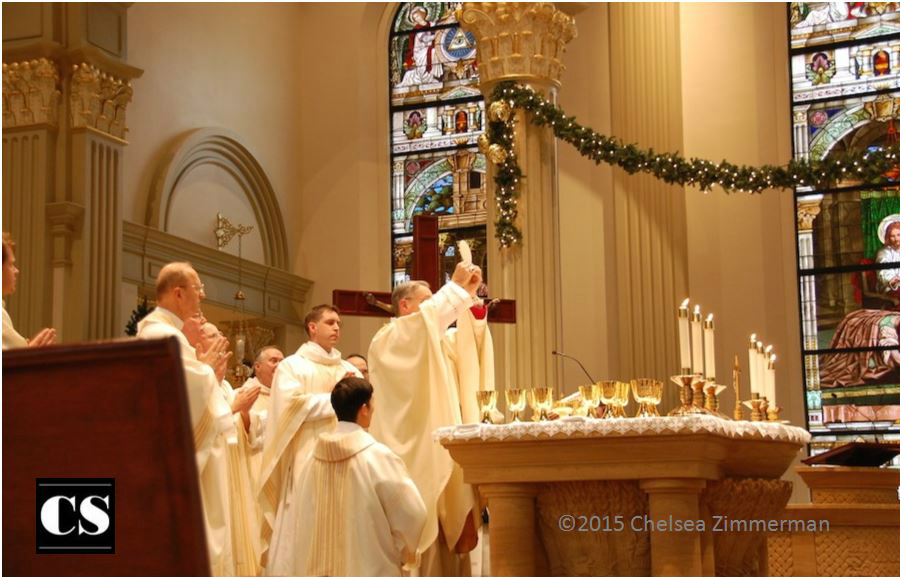- Feb 5, 2002
- 166,693
- 56,303
- Country
- United States
- Faith
- Catholic
- Marital Status
- Married
- Politics
- US-Others
As regular readers of Catholic Stand may have noticed, although I live and work in Italy, I frequently spend time in the Middle East. The time I spend there is always interesting.
While technically the Catholic faith is not prohibited there, in general, nor in the particular place I am writing about here, its practice is limited “to within the walls of one’s house.” Consequently, there are no clearly visible churches, nor openly Christian symbols. Instead, there are several ‘house churches.’ These house churches are private homes converted interiorly into quite literally, “domestic churches.”
The conversion typically includes a few surprising features. Usually, metal plates bolted into the walls seal off the windows. Such a setup seals the chapel off from prying eyes. There is typically a long, narrow hallway or entrance way as well. This sort of entrance serves two purposes.
First, the long entrance serves to control the access into the chapel. This is because it can be sealed off at either end.
Second, it gives worshippers a place to leave their shoes! I have never seen this practice before, but it is apparently typical in India and in the Middle East. And it certainly does keep the chapel cleaner! But it is impossible not to see in it shadows of Exodus 3:5, as God tells Moses: “Remove your sandals from your feet, for the place where you stand is holy ground.”
In previous times, these domestic Churches also had a designated porter. The porter would remove the sandals and hide them somewhere. In this way, there would be no indication of how many worshippers were inside.
Also in the past, “Happy birthday” signs and decorations were standard chapel furnishings. Such decorations provided ‘cover’ for the gathering. One chapel even had walls plastered with Styrofoam egg cartons in order to dampen the sound.
Continued below.

 catholicstand.com
catholicstand.com
While technically the Catholic faith is not prohibited there, in general, nor in the particular place I am writing about here, its practice is limited “to within the walls of one’s house.” Consequently, there are no clearly visible churches, nor openly Christian symbols. Instead, there are several ‘house churches.’ These house churches are private homes converted interiorly into quite literally, “domestic churches.”
The conversion typically includes a few surprising features. Usually, metal plates bolted into the walls seal off the windows. Such a setup seals the chapel off from prying eyes. There is typically a long, narrow hallway or entrance way as well. This sort of entrance serves two purposes.
First, the long entrance serves to control the access into the chapel. This is because it can be sealed off at either end.
Second, it gives worshippers a place to leave their shoes! I have never seen this practice before, but it is apparently typical in India and in the Middle East. And it certainly does keep the chapel cleaner! But it is impossible not to see in it shadows of Exodus 3:5, as God tells Moses: “Remove your sandals from your feet, for the place where you stand is holy ground.”
In previous times, these domestic Churches also had a designated porter. The porter would remove the sandals and hide them somewhere. In this way, there would be no indication of how many worshippers were inside.
Also in the past, “Happy birthday” signs and decorations were standard chapel furnishings. Such decorations provided ‘cover’ for the gathering. One chapel even had walls plastered with Styrofoam egg cartons in order to dampen the sound.
Continued below.

Experiencing Mass – in a Domestic Church in the Middle East - Catholic Stand
The Mass is eternity in time, heaven on earth. How we look at the Mass helps shape the way we look at life and the world.
 catholicstand.com
catholicstand.com
